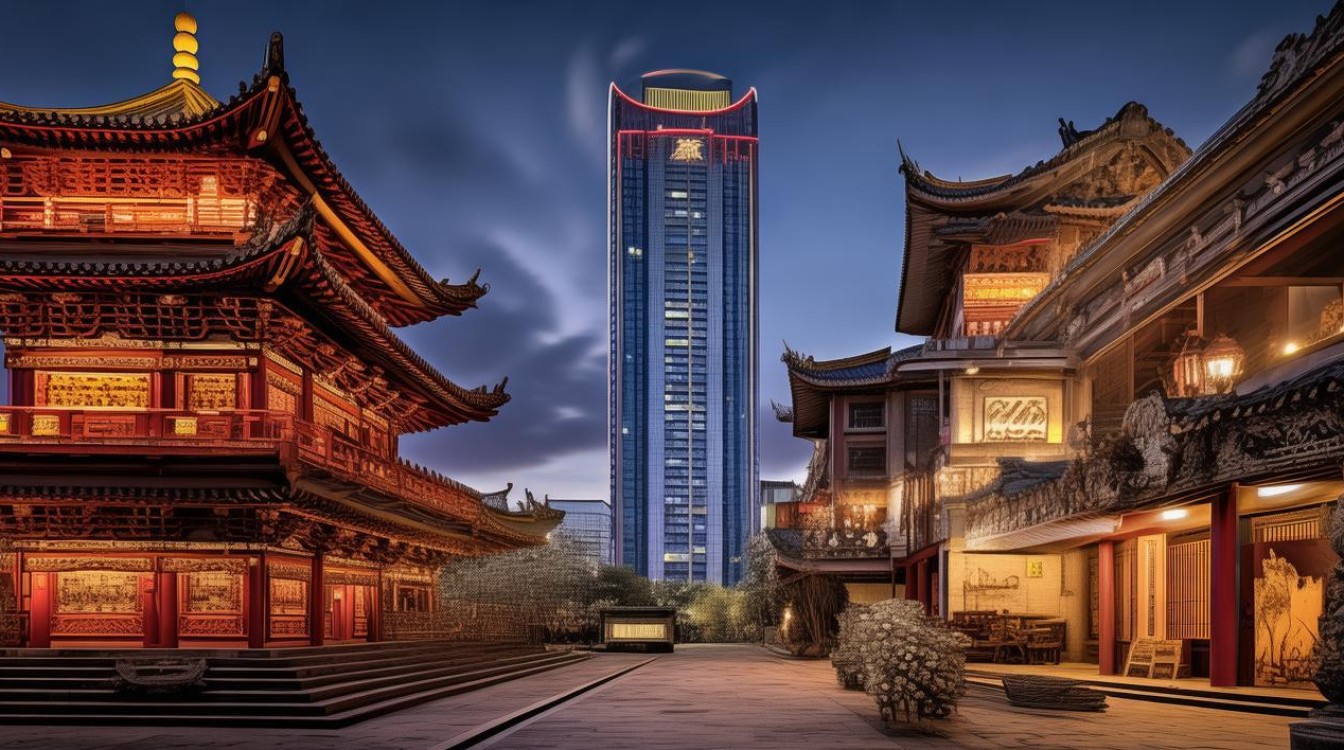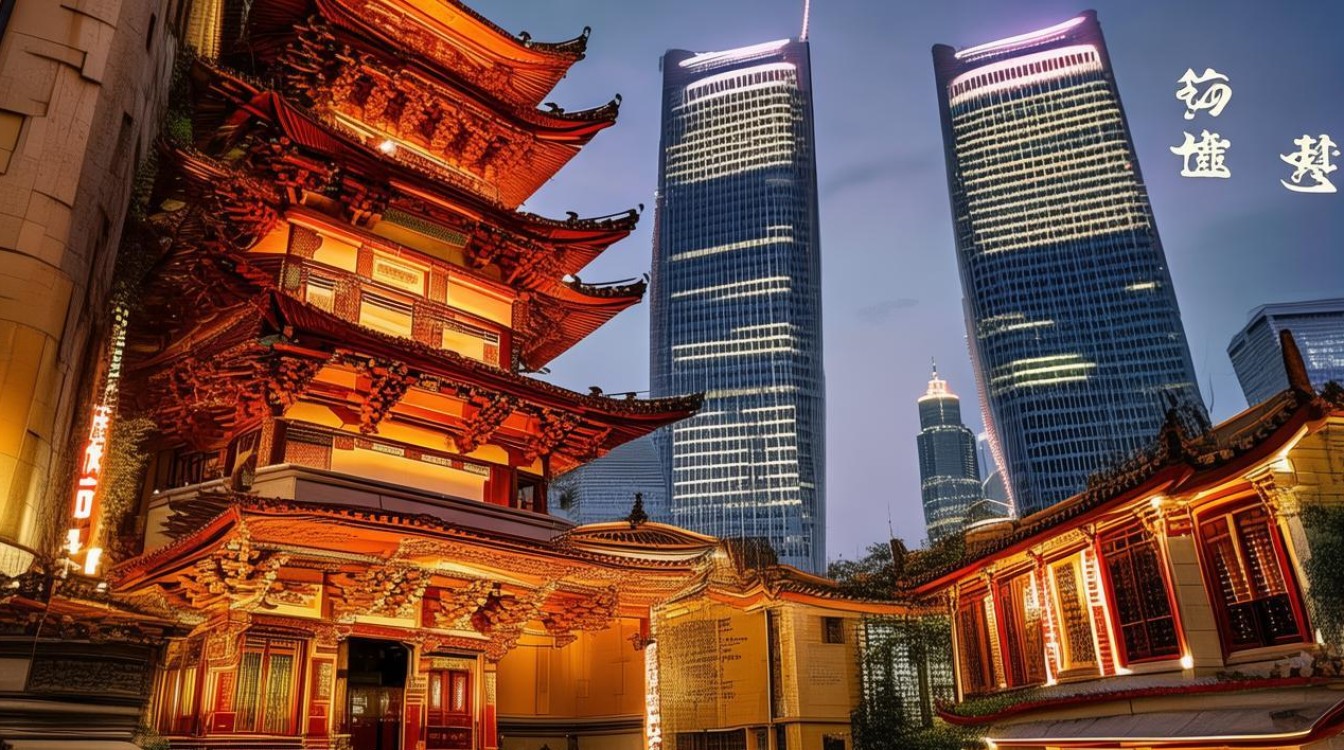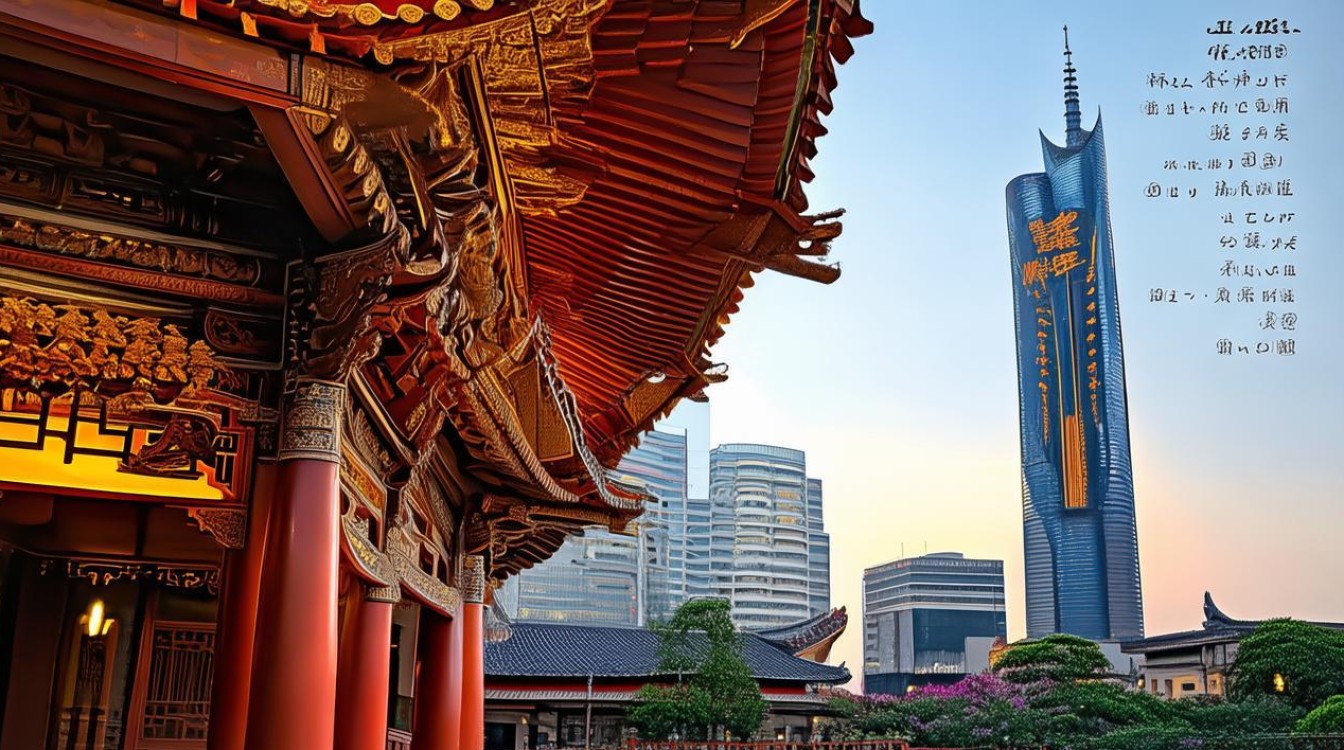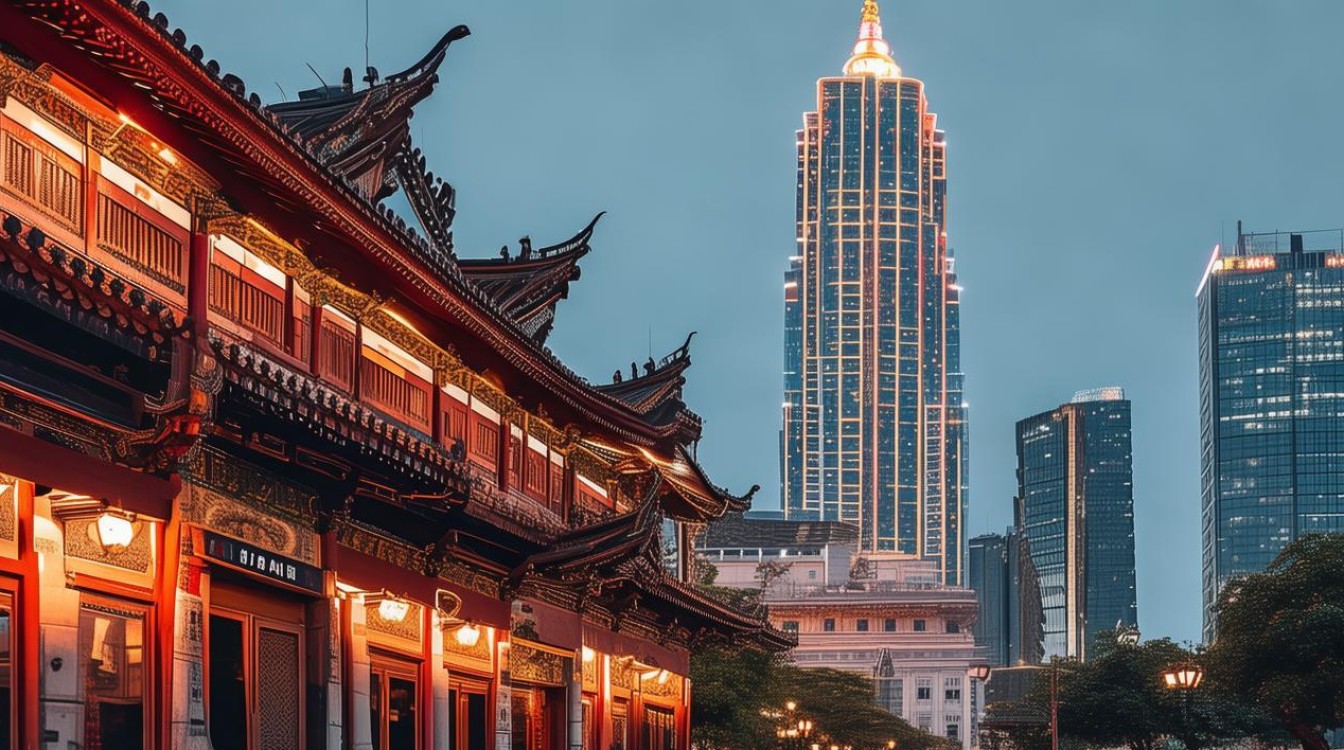Standing at the intersection of ancient heritage and modern ambition, Changsha has rewritten its urban narrative over the past two decades. As the capital of Hunan Province, this city once known primarily for its revolutionary history and spicy cuisine now gleams with technological prowess, cultural vibrancy, and ecological consciousness. The metamorphosis isn’t merely cosmetic—it reflects a deliberate recalibration of identity in the global era.

Historical Echoes Meet Modern Skylines
Changsha’s roots stretch back 3,000 years, with relics like the Han Dynasty Mawangdui Tombs whispering tales of its past. Yet, the city refuses to be fossilized by history. The once-low-rise urban sprawl has given way to architectural marvels such as the 452-meter-tall Changsha IFS Tower, a glass-and-steel symbol of economic vitality. Along Xiangjiang River, laser shows now dance across the facades of futuristic buildings, while ancient landmarks like the Yuelu Academy stand resilient, their courtyards still echoing with Confucian debates.
This duality is intentional. Urban planners preserved the city’s soul while embracing progress. The Huangxing Pedestrian Street, for instance, seamlessly blends Qing Dynasty architecture with neon-lit global brands—a physical metaphor for Changsha’s balancing act.
The Infrastructure Revolution
Transportation networks tell their own story of change. A decade ago, congested roads defined daily life. Today, the city boasts six metro lines spanning 209 kilometers, with ridership exceeding 2 million daily. The maglev train linking Changsha’s airport to the high-speed rail station—a 18.55-kilometer journey completed in 10 minutes—showcases engineering ambition.

These advancements aren’t isolated projects but threads in a larger tapestry. The "15-Minute Living Circle" initiative ensures schools, hospitals, and green spaces are accessible within a quarter-hour walk—an urban design philosophy prioritizing human-scale convenience over unchecked expansion.
Cultural Renaissance in the Digital Age
Changsha’s creative pulse beats strongest in its unexpected status as China’s "entertainment capital." Local TV networks like Hunan Broadcasting System birthed nationally adored programs such as Happy Camp, while the city’s music festivals and anime conventions draw Gen Z crowds. The Meixi Lake International Culture & Arts Center, designed by Zaha Hadid Architects, hosts avant-garde exhibitions, proving culture here isn’t just preserved—it’s manufactured, exported, and constantly reinvented.
Simultaneously, traditional crafts thrive. The Hunan Embroidery Museum displays intricate stitches dating to the Warring States Period, now reinterpreted on contemporary fashion runways. This cultural fluidity—where dìdào (authentic) Hunan opera shares stages with K-pop cover dances—defies simplistic categorization.
Green Ambitions in an Urban Jungle

Environmental transformation might be Changsha’s quietest triumph. Once plagued by industrial smog, the city now claims over 40% green coverage, with projects like Yanghu Wetland Park restoring biodiversity. The "Sponge City" initiative, using permeable pavements and rain gardens to combat flooding, earned it recognition as a global sustainability case study.
Even small gestures carry weight: over 200 kilometers of bike lanes encourage carbon-neutral commutes, while solar-powered bus stops double as Wi-Fi hubs. Such details reveal a city thinking beyond GDP metrics.
The Human Element: Migrants and Memory
Demographic shifts underscore these changes. Once a regional hub, Changsha now attracts talent nationwide, with its population surpassing 10 million. Tech parks in the Yuelu District house AI startups, while the Xiangjiang New Area lures multinational firms. Yet, amid the boom, the city retains its rèqíng (warmth). Street vendors still sell làzi jī (spicy chicken) at 2 AM, and elderly residents practice tai chi in shadowed alleys untouched by gentrification.
This coexistence isn’t always seamless. Rising housing prices spark debates, and the demolition of tòngtáng (alleys) for malls stirs nostalgia. But Changsha navigates these tensions with a pragmatism honed through centuries of reinvention.

A Global Stage and Local Pride
International recognition followed domestic success. Changsha ranked among the "World’s 100 Most Vibrant Cities" in 2023, while its GDP growth consistently outpaces national averages. The annual Orange Isle Music Festival draws crowds from Seoul to Sydney, and Michelin-starred chefs experiment with chòu dòufu (stinky tofu).
Yet, the true measure lies in residents’ pride. A 2022 survey showed 89% of locals believe their city "honors tradition while embracing the future"—a rare consensus in rapidly developing regions.
Changsha’s evolution isn’t about erasing the past but layering it with innovation. From its skyline to its subway maps, from night markets to R&D labs, the city embodies a singular truth: progress need not come at the cost of identity. As one young entrepreneur near Juzizhou put it, "We don’t want to be Shanghai or Chengdu. We’re writing our own blueprint." In an era of homogenized urbanism, that audacity might be Changsha’s most radical transformation of all.


